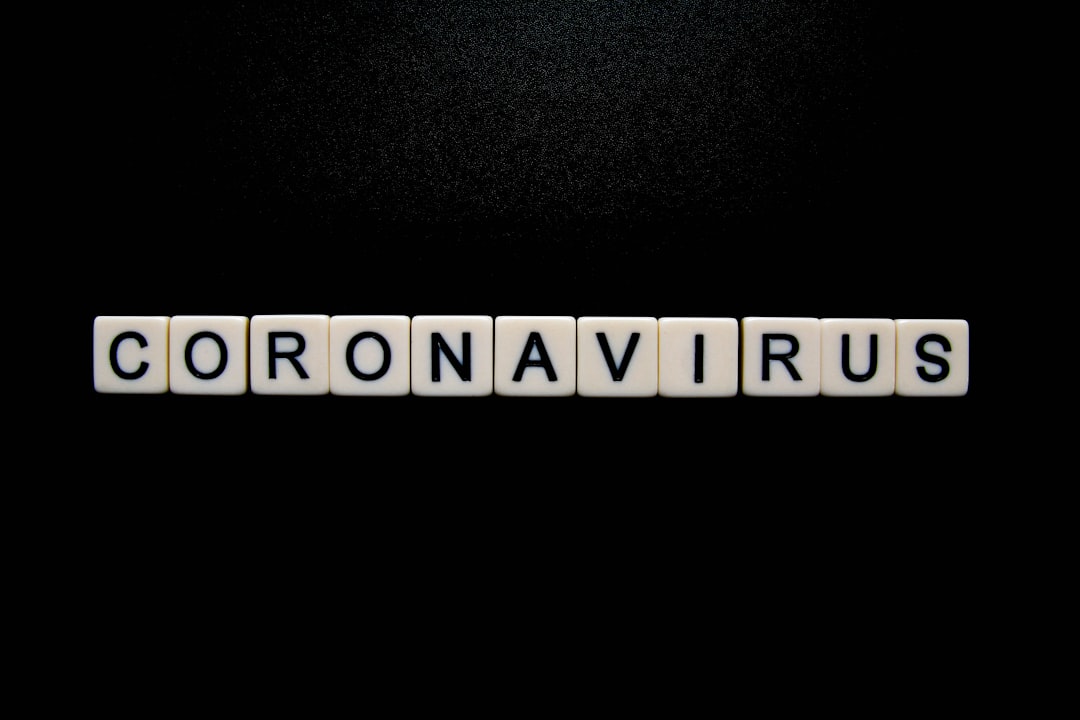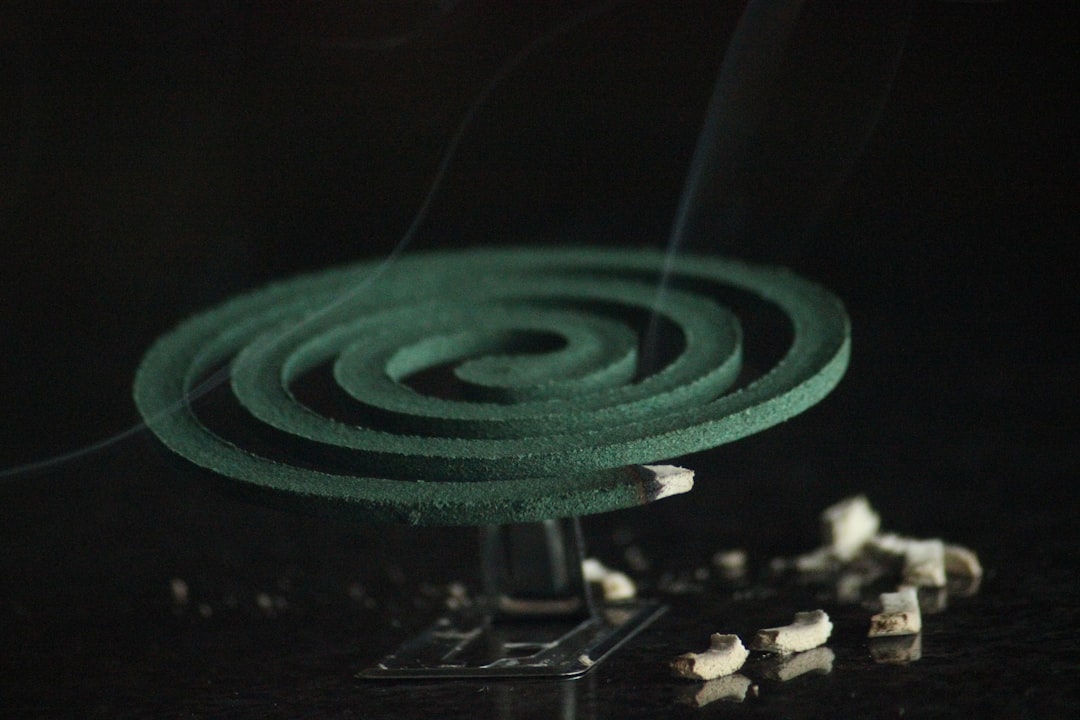What is it about?
Objectives: The aim of the study was to understand the effects of suckling on the brain of the pups by mapping their brain activation pattern in response to suckling. Methods: The c-fos method was applied to identify activated neurons. Fasted rat pups were returned to their mothers for suckling and sacrificed 2 hours later for Fos immunohistochemistry. Double labeling was also performed to characterize some of the activated neurons. For comparison, another group of fasted pups were given dry food before Fos mapping. Results: After suckling, we found an increase in the number of Fos-immunoreactive neurons in the insular and somatosensory cortices, central amygdaloid nucleus (CAm), paraventricular (PVN) and supraoptic hypothalamic nuclei, lateral parabrachial nucleus (LPB), nucleus of the solitary tract (NTS), and the area postrema. Double labeling experiments demonstrated the activation of calcitonin gene-related peptide-ir (CGRP-ir) neurons in the LPB, corticotropin-releasing hormone-ir (CRH-ir) but not oxytocin-ir neurons in the PVN, and noradrenergic neurons in the NTS. In the CAm, Fos-ir neurons did not contain CRH but were apposed to CGRP-ir fiber terminals. Refeeding with dry food-induced Fos activation in all brain areas activated by suckling. The degree of activation was higher following dry food consumption than suckling in the insular cortex, and lower in the supraoptic nucleus and the NTS. Furthermore, the accumbens, arcuate, and dorsomedial hypothalamic nuclei, and the lateral hypothalamic area, which were not activated by suckling, showed activation by dry food.
Featured Image
Why is it important?
Neurons in a number of brain areas are activated during suckling, and may participate in the signaling of satiety, taste perception, reward, food, and salt balance regulation.
Perspectives
In conclusion, the findings suggest that the Fos technique is suitable for the description of brain regions that play a role in suckling. Furthermore, specific subtypes of neurons that are activated during suckling have been identified, which could participate in the signaling of satiety, taste perception, reward, food and salt balance regulation. Comparison of brain activity following suckling and dry food consumption revealed that generally similar but, in specific brain regions, significantly different patterns characterize the two different types of feeding.
Dr Zsolt Kovacs
Eötvös Loránd University
Read the Original
This page is a summary of: Suckling induced activation pattern in the brain of rat pups, Nutritional Neuroscience, February 2017, Taylor & Francis,
DOI: 10.1080/1028415x.2017.1286446.
You can read the full text:
Contributors
The following have contributed to this page










